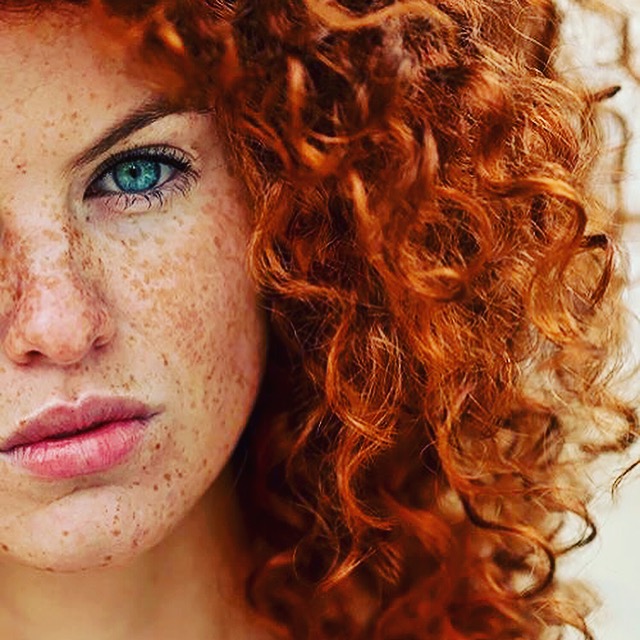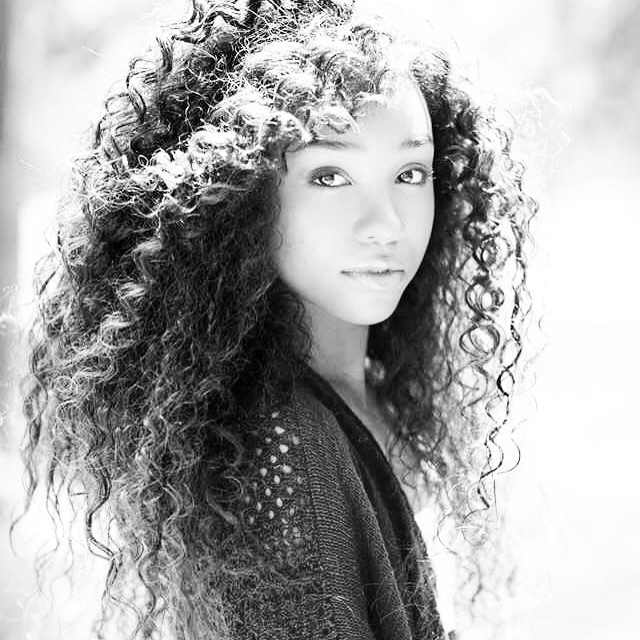Hair Science, Hair Biology, Our Hair
INSIDE YOUR HAIR A CLOSER LOOK
Structure and composition of the hair
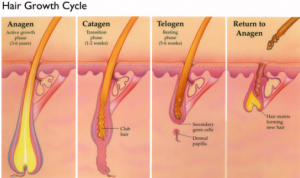 Hair scalp anatomy
Hair scalp anatomy
Hair grows out of follicles located in the junction between the deep layers of the dermis and the hypodermis. These follicles are also known as hair bulbs. Blood flow is supplied by a small vessel that passes through the inside of the hair shaft, thus providing the hair with all the vital elements it needs to remain healthy such as amino acids, mineral salts or vitamins. The hair shaft is surrounded by glands, the most important being the sebaceous gland, which produces sebum that acts as a natural lubricant for the hair. On the surface of the scalp, pores evacuate the sweat produced by the sweat glands.
Hair structure
The hair is made up of 95% keratin, a fibrous, helicoidal protein (shaped like a helix) that forms part of the skin and all its appendages (body hair, nails, etc.). Keratin is synthesized by keratinocytes and is insoluble in water, thus ensuring impermeability and protection for the hair. Some 18 amino acids can be found in the hair, such as proline, threonine, leucine and arginine. Keratin is particularly rich in cysteine (a type of sulfurated amino acid), which forms disulfide bonds between molecules, adding rigidity and resistance to the entire structure.
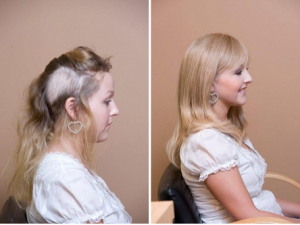
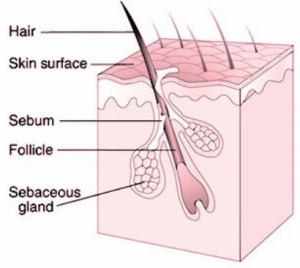 The hair’s structure can be divided into 3 distinct parts:
The hair’s structure can be divided into 3 distinct parts:
- Medulla: innermost layer of the hair shaft, composed of an amorphous, soft, oily substance
- Cuticle: thin protective outer layer that contains the nourishing portion essential to hair growth. It is highly keratinized, composed of cells shaped like scales that are layered one over the other, measuring about 60 micrometers long and about 6 micrometers wide.
- Cortex: main component of the hair, containing long keratin chains that add elasticity, suppleness and resistance to the hair. The cells of the cortex are joined together by an intercellular cement rich in lipids and proteins. Each cell is composed of bundles that lie in the direction of the hair length: these are macrofibrils which are made up of microfibrils, which in turn contain protofibrils.
 The role of melanocytes and keratinocytes
The role of melanocytes and keratinocytes
The hair cortex also contains melanin. Made by specialised cells named melanocytes, melanin is the pigment responsible for the hair color. Situated near the hair bulb the melanocytes inject pigments into keratinocytes of the new hair shaft. The color lasts during the hair cycle, from the genesis to the end, when the hair falls.
